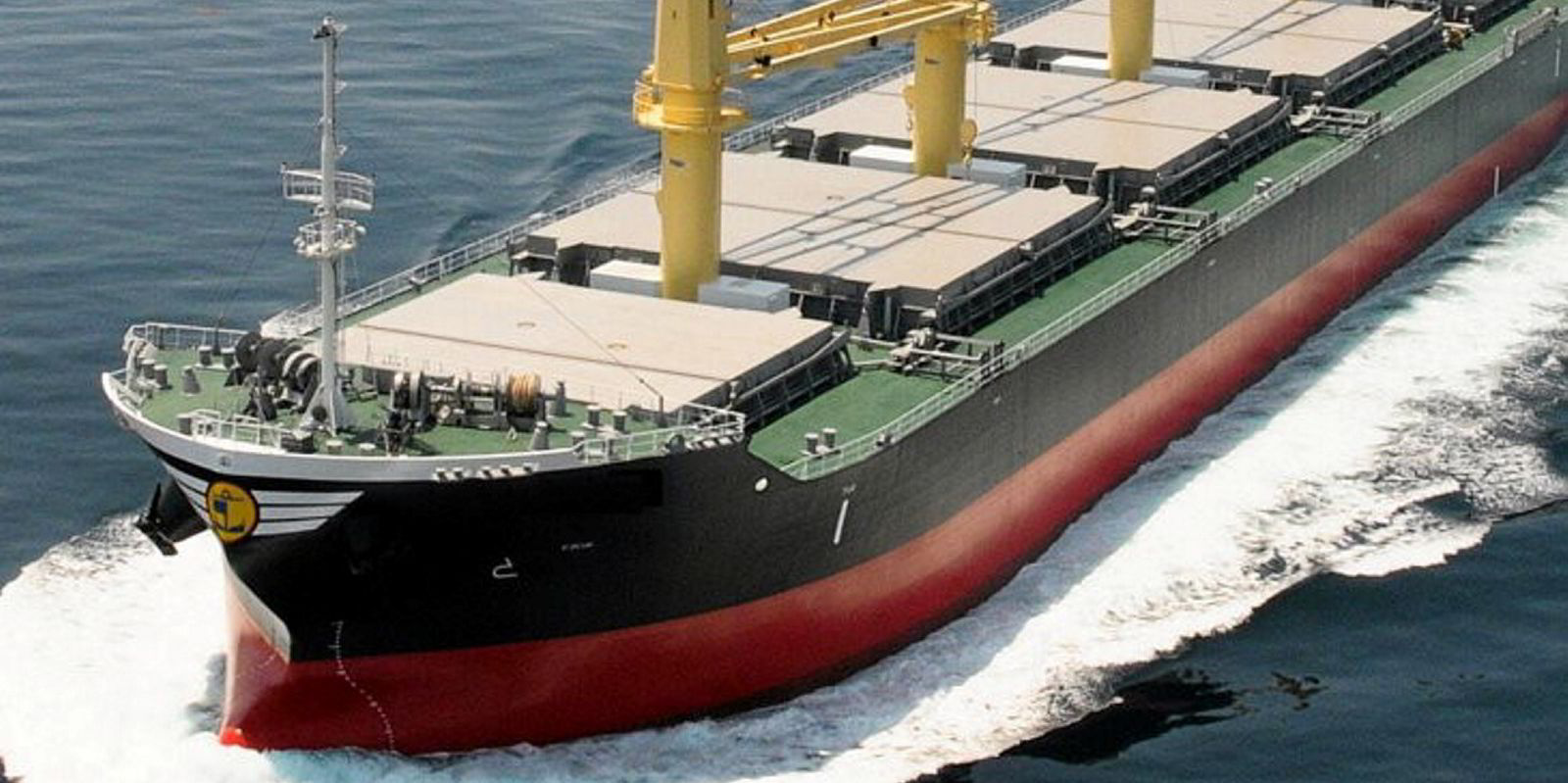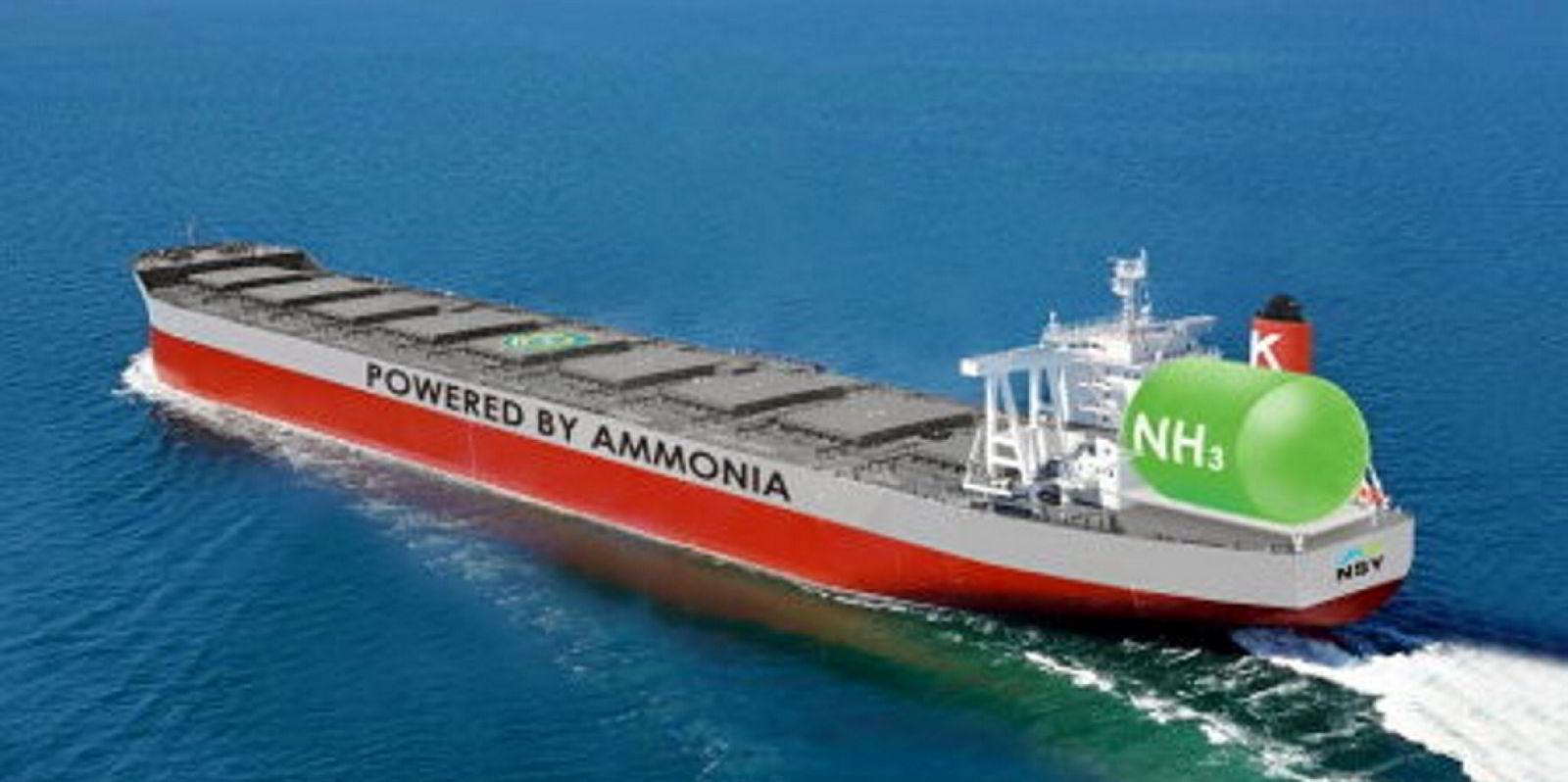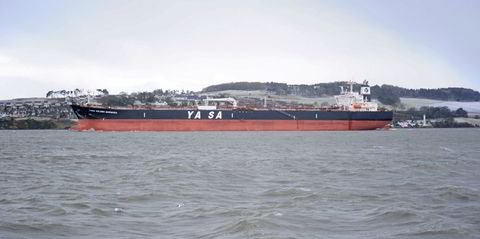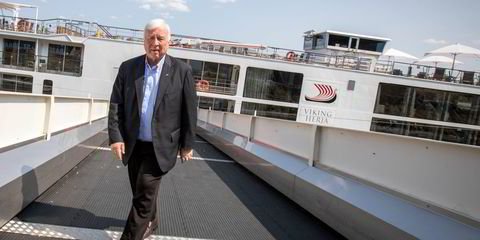The weaker spot market for supramax bulkers and higher operating costs have had a big impact on Jinhui Shipping & Transportation’s third-quarter results.
The Oslo-listed Chinese shipowner booked $289,000 in net profit for the third quarter, down from $19.4m in the same period in 2021.
Basic earnings per share were $0.003, down year on year from $0.177.
Jinhui said there was steady demand for dry-bulk commodities and increased the size of its fleet during the third quarter, but freight earnings were weaker and the cost of running its vessels rose. Asset depreciation and vessel finance costs also grew year on year.
The shipowner’s board has decided not to recommend the payment of a dividend to shareholders for the third quarter.
Revenue for the third quarter totalled $39.6m, down slightly from $40.4m in the same period a year ago.
Jinhui’s fleet earned an average time-charter equivalent (TCE) rate of $19,562 per day during the three months, down from $23,592 per day in the same period of last year.
During the third quarter, the fleet consisted of 23 supramaxes plus two post-panamax bulk carriers, which have since been sold. Jinhui also has a kamsarmax on time-charter until 2029, which joined the fleet in June.
In October, the firm struck a deal to become a pure supramax owner after agreeing to sell its two 12-year-old post-panamax bulkers. It also agreed to sell a 52,000-dwt supramax built in 2004.
The owner is set to receive $17.25m each for the 93,200-dwt Jin Lang and Jin Mei (both built 2010), plus $13.3m for the supramax Jin Hao.
Gains on vessel sales contributed $6.1m to Jinhui’s net result of $35.4m for the first nine months of 2022.
“The consolidated net profit for the [nine-month] period, however, was partially affected by the increment in vessel operating expenses such as crew costs and other pandemic-related manning expenses,” Jinhui said in its financial report.
“Covid-19 continues to impact the running cost of the vessels, in particular with respect to crewing, which was reflected in the rise in vessel running cost for the current period as compared to the last corresponding period in 2021.”





